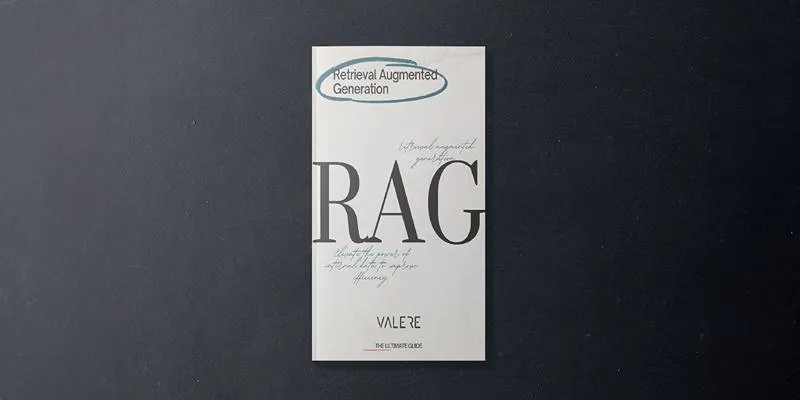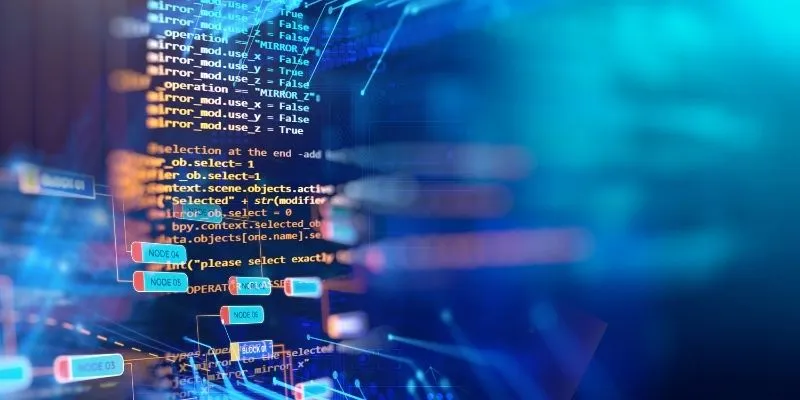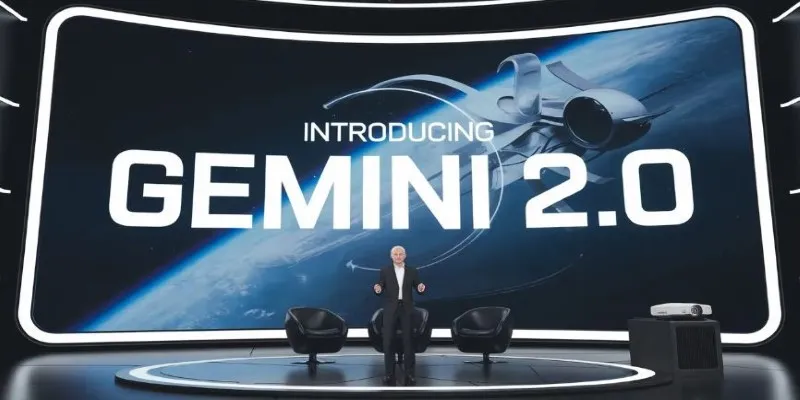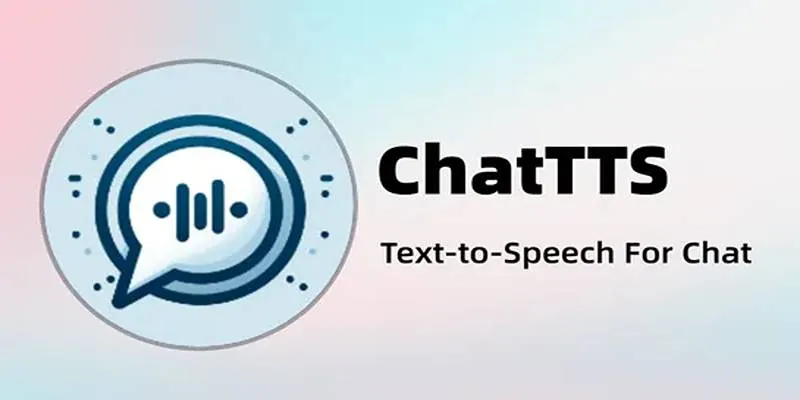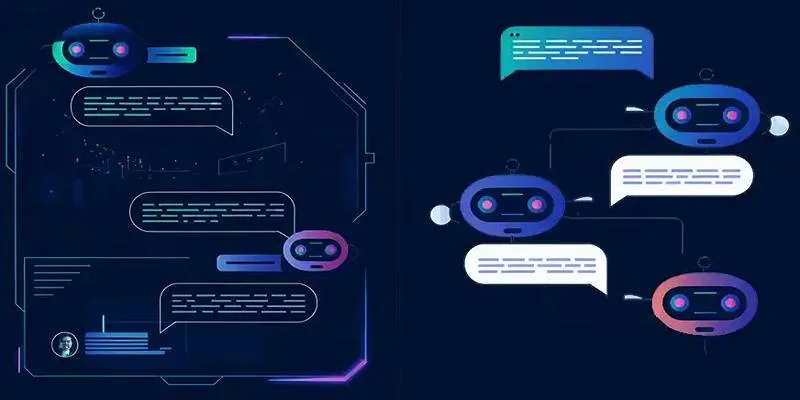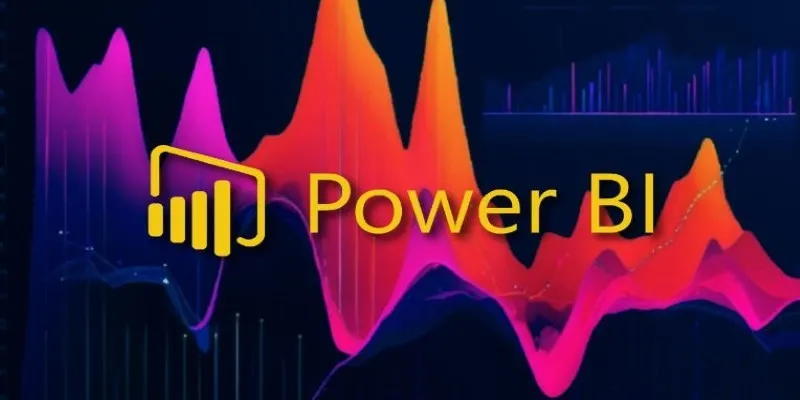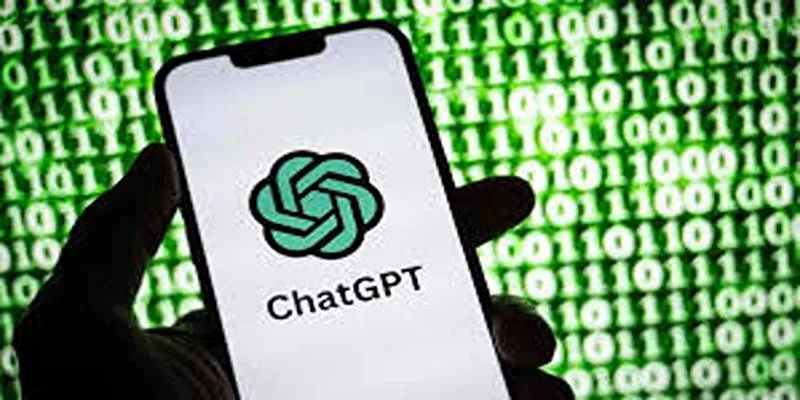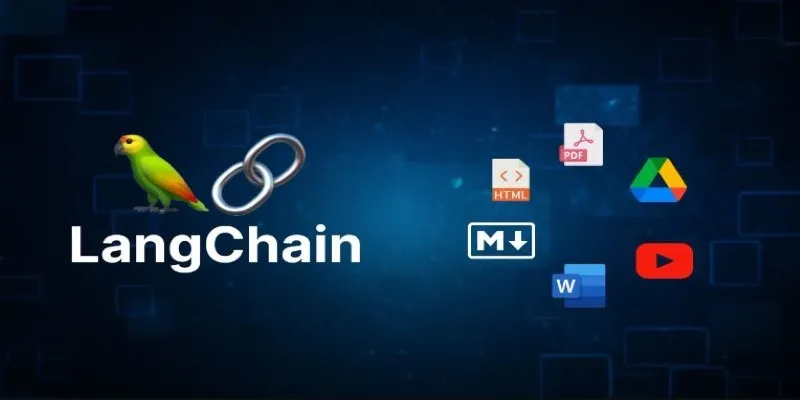Language models are revolutionizing the way humans interact with machines. From content creation to customer support, these AI tools have become essential in both casual and professional environments. Two prominent names in this space are GPT-4 , developed by OpenAI, and Llama 3.1 , Meta’s latest innovation. Both promise formidable natural language capabilities, but how do they stack up against each other?
This article offers a clear, user-friendly comparison between GPT-4 and Llama 3.1. We’ll explore their unique strengths, architectural differences, and the scenarios where each model excels. By the end, you’ll know which AI model aligns best with your goals.
Design Philosophy and Architecture
Both models are transformer-based, yet their design philosophies reflect divergent priorities.
GPT-4: Focused on Versatility and Safety
GPT-4 emphasizes versatility. With its unified API, it caters to a wide range of applications, from casual chats to enterprise-level analytics. GPT-4 excels in understanding nuances, performing reasoning tasks, and generating fluent, context-aware responses.
It incorporates various safeguards and alignment layers to enhance factual accuracy and reduce harmful outputs. However, being closed-source means its architecture, training data, and parameter count remain confidential. For more information on language models, you can check out OpenAI’s research.
Llama 3.1: Built for Customization and Scale
Llama 3.1 utilizes a standard decoder-only transformer, avoiding complex expert mixture models to ensure stable training and ease of use. It supports an extensive 128K context window, enabling it to handle long documents and complex prompts without losing context.
Its open-source nature allows developers to experiment, optimize, and train the model for domain-specific tasks—a significant advantage for advanced users who need full control over their AI tools.
Capabilities and Strengths

GPT-4
- Natural Conversations: Fluent, engaging, and capable of sustaining long interactions.
- Creative Output: Excels in generating poetry, fiction, and storytelling.
- Multilingual Support: Proficient in understanding and generating content in multiple languages.
- Tool Use: Integrates seamlessly with plugins and external APIs.
- Context Awareness: Maintains coherence over extended dialogues.
Llama 3.1
- High Accuracy: Exceptional in question answering and summarization tasks.
- Long Contexts: Efficiently manages very long prompts and documents.
- Multilingual Proficiency: Reliable support for over 8 languages.
- Fine-Tuning Friendly: Easily customizable for specific industries or domains.
- Open Ecosystem: Freely available for integration, training, and research.
Performance Comparisons
Performance is a critical benchmark when comparing large language models. Both GPT-4 and Llama 3.1 demonstrate significant strengths, but they differ in handling language understanding, reasoning, and multi-step tasks.
General Language Understanding
GPT-4 leads in generalized performance and context handling, particularly in open-ended tasks. It delivers nuanced responses, recognizes tone, and performs well across various knowledge domains.
Llama 3.1 is competitive in many benchmarks, especially considering its size. It performs well on benchmarks like MMLU and ARC, notably the 70B and 405B models. Its training efficiency makes it a strong contender for real-time and embedded AI systems.
Reasoning and Comprehension
Both models excel in logical reasoning. GPT-4 often outperforms in multi-step reasoning tasks due to its broader context window and extensive tuning for complex queries.
Llama 3.1, though lighter in structure, performs impressively in math, code generation, and fact-based queries when fine-tuned. It benefits from its transparent training structure and adaptability.
Multimodal Capabilities
While GPT-4 has demonstrated multimodal abilities, including text and image processing, Llama 3.1 primarily focuses on text-based tasks.
- GPT-4: Its multimodal nature allows it to process both text and image inputs, useful for applications like visual question answering, diagram analysis, and image captioning. This makes GPT-4 a versatile tool in areas requiring both visual and textual context, such as educational tools and accessibility-focused applications.
- Llama 3.1: Currently designed for text-based input and output, Llama 3.1 is optimized for natural language understanding and generation. While Meta has hinted at potential future enhancements for multimodal processing, its current focus remains on text processing, excelling in tasks like summarization, translation, and code generation.
Model Size and Scalability

Understanding the parameter sizes and scalability options of both models is crucial for deployment considerations.
- GPT-4: OpenAI has not disclosed the exact number of parameters in GPT-4, but estimates place it well above 175 billion. It requires significant computational power for both training and inference, typically accessed through OpenAI’s cloud-based API. This means users must rely on OpenAI’s infrastructure, which ensures consistent performance and scalability for high-volume use cases.
- Llama 3.1: Meta has released Llama 3.1 in three sizes: 8B, 70B, and 405B parameters. This variety allows developers to choose the best fit for their hardware capabilities and use cases. The 8B version is suitable for local or edge deployments, while the 405B model can compete with GPT-4 in high-performance tasks, offering transparency and modularity for organizations prioritizing flexibility and cost management.
Conclusion
The competition between GPT-4 and Llama 3.1 highlights the dynamic landscape of AI language models. GPT-4 provides a seamless plug-and-play experience, ideal for businesses and casual users who value quality and convenience. In contrast, Llama 3.1 offers flexibility, transparency, and innovation for developers and researchers seeking deeper control.
As AI tools become more embedded in daily life, the choice between these two will likely depend on whether you prefer a ready-made solution or a fully customizable engine. Both models represent the pinnacle of current AI innovation, driving the field into exciting new territories.
 zfn9
zfn9

